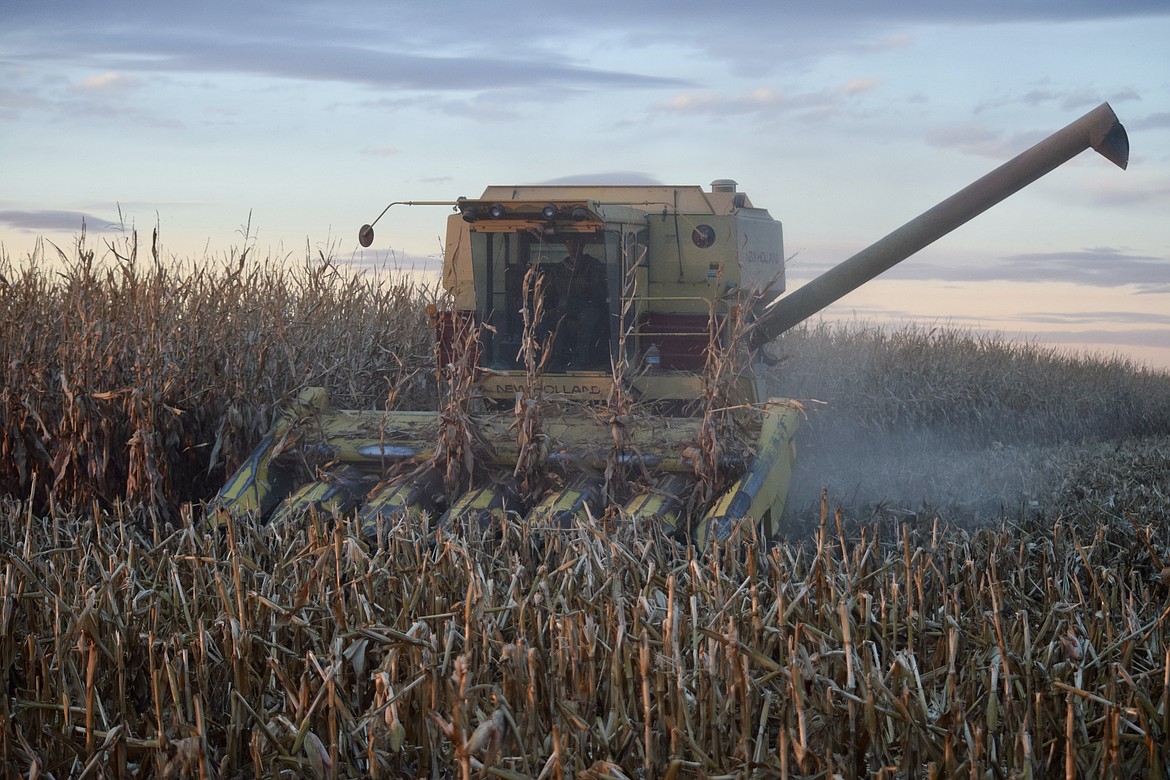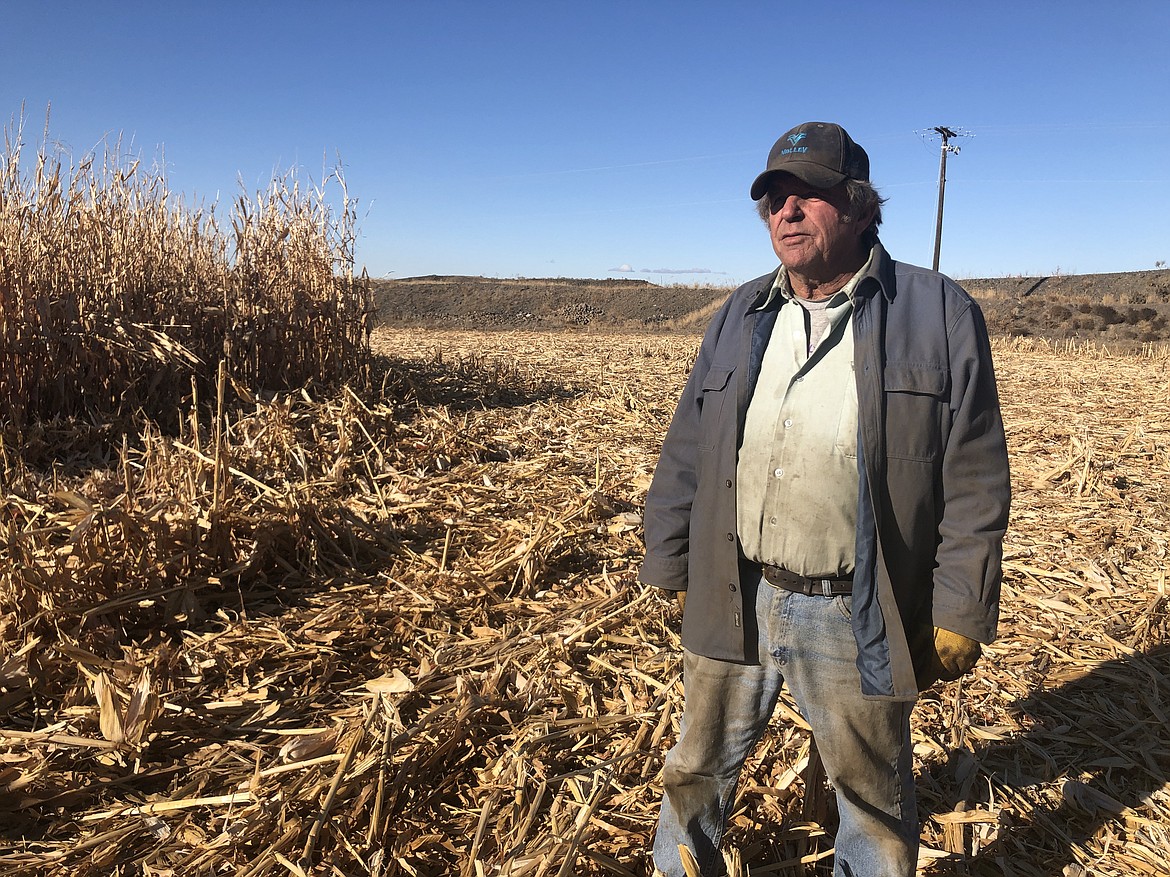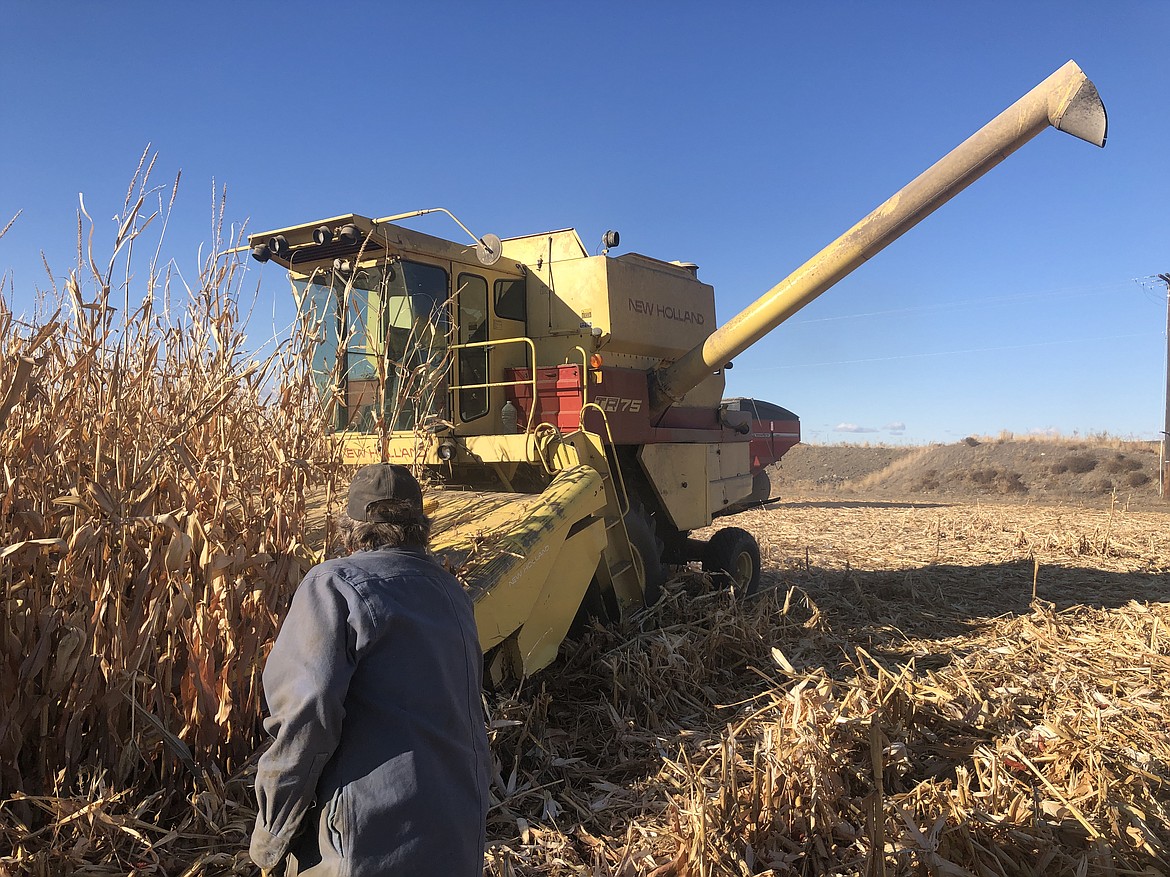Necessity prompts farmer to breathe new life into old combine
STRATFORD — Necessity is, in fact, the mother of invention.
Become a Subscriber!
You have read all of your free articles this month. Select a plan below to start your subscription today.
Already a subscriber? Login





